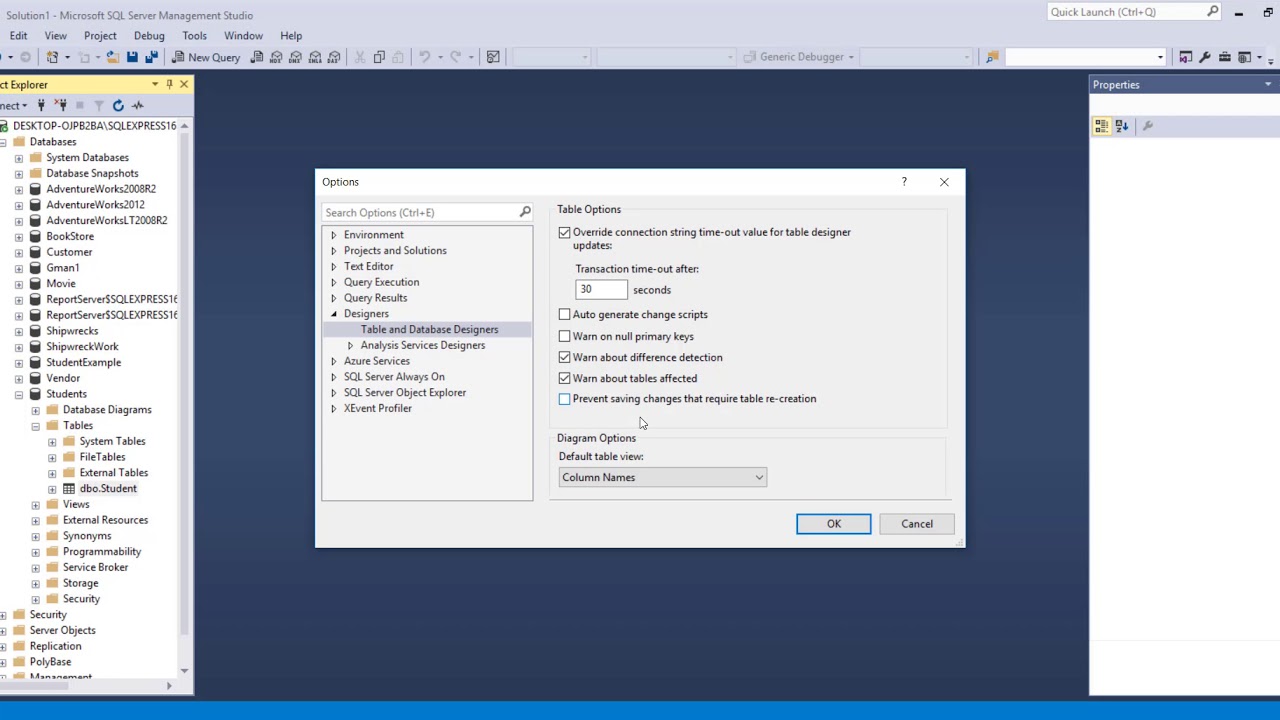How to execute a Cake PHP.
 Elizabeth Modupeoluwa Chanbang
Elizabeth Modupeoluwa Chanbang
Hello and welcome! Welcome to another learning adventure. Today, we'll go over how to run a custom query in Cake PHP. Before we go any further, let us define. A unique Query.
What exactly is a Custom Query?
A custom query occurs in a custom table and can be used to configure a view in a specific connection in the same way that you would work with other database tables.
What exactly are Queries? Queries are written in a database-friendly language.
A custom query might look like this: A database on Microsoft SQL Server.

Requirements of a Custom Query
A custom query requires the following to function: The custom query entered must be insertable within a 'from clause' in the query. In Structured Query Language, a From clause can be used to specify a sub-query (SQL). Whether the system is dependent or not, a custom query can only contain a single statement. In other words, it does not support chained statements separated by ';'. Every time a regular query is run from an application, the custom query is worked on.
When the query is used in a database, the custom query will be executed each time a visualization or filter is updated.
Note:-In the custom query input field, there is support for connector-specific keywords.
Data Types
A custom query and its resulting table will be saved as part of the data connection, either in an analysis file or as a shared data connection in the library. An example of a supported query:
SELECT FROM TABLE1 COLLATE 1, COLLATE 2, COLLATE 3 WHERE Group Col2 > 20.0 By Col1
An unsupported query is as follows: Direct calls to stored procedures, such as EXEC Sp get conv factor('VCV6 STAT HRS 10'), are not supported. When creating a custom query, make sure to include only columns from the database of data types that an application supports.
For a list of supported data types, consult the documentation for the connector you are currently using.
If an unsupported column is included in the query, it will be marked as invalid in the verification step, and the resulting table will be inaccessible until the issue is resolved. The problem is solved by either rewriting the query to exclude the unsupported columns or removing the column.
A custom query column can always be assigned any data type. There is no guarantee, however, that the resulting application table for such a custom query will work.
Parameter
The syntax is used to refer to a parameter. Parameter name- A parameter name is the name you choose for your parameter and the data type you define on the Parameters tab. They are created to help the query retrieve difficult results depending on the value of one or more variables. Parameters can be mapped. Example of a query using a parameter:
SELECT Col2, Col3 FROM Table WHERE Col2 > ?Param3
In most cases, multiple database data types will map to a single application data type. For instance, when connecting to Microsoft SQL Server the data types varchar, text, etc. will all map to the application -data type String.
In those cases, when declaring the parameter type, it is also possible to specify the actual type in the external system. While an application cannot automatically map the external type of the parameter, a manual specification of the external type can make the query more effective. If there is a one-to-one mapping between the Spotfire type and the external type, then the external type drop-down list will be disabled.
Provided that you and the end-users of the analysis are logged into an application Server, you can also use one or more of the predefined parameters for personalized queries; current_user, current_groups, and current_user_domain, which become enabled by selecting the "Use parameters for personalized queries (users and groups)" check box.
These parameters work the same way as they do when using them from the Information Designer, which is described under personalized information links Once the check box is enabled you can use the personalized query parameters in your custom query. The type of these parameters is always String in an application and the external type is the default value, e.g., NVARCHAR in SQL Server.
Security
Security is an important aspect of working with an application. You must have the "Custom Query in Connections" license to create a custom query. Unless two conditions are met, no other user will be able to execute a custom query that you create: Save the custom query as part of an analysis or a data connection to the library. You are authorized to create custom queries on behalf of others, which means you must be a member of the "Custom Query Author" group.
NOTE: You can still share a custom query with another user, but that user must review and trust the custom query.
A custom query can be trusted by opening the Custom Query dialog, inspecting the custom query text, and then clicking OK.
Now that we have a brief custom query, let's see how it works with cake PHP. But first, what exactly is Cake PHP?
Cake PHP
CakePHP is a free and open web framework. It is written in PHP, and follows the model-view-controller (MVC) approach. Cake PHP is modeled after the concepts of Ruby on Rails, and is distributed under the Massachusetts Institute of Technology (MIT) License.
Procedures to Follow
There are several approaches to take, but this is one of the most effective four. types to follow:-
Give the namespace of the connection manager a name, such as Cake\Datasource\ConnectionManager.
Get /initialize a connection:$conn = ConnectionManager:: get('default');
Utilize SQL in the following way: $ stmt = $conn->execute('SELECT * FROM customers');
Fetch the results: $results = $stmt ->fetchAll('assoc');
That's all I have for now.
See you again soon. Bye
Sources:-Customs queries Cake PHP Stackoverflow
Subscribe to my newsletter
Read articles from Elizabeth Modupeoluwa Chanbang directly inside your inbox. Subscribe to the newsletter, and don't miss out.
Written by
